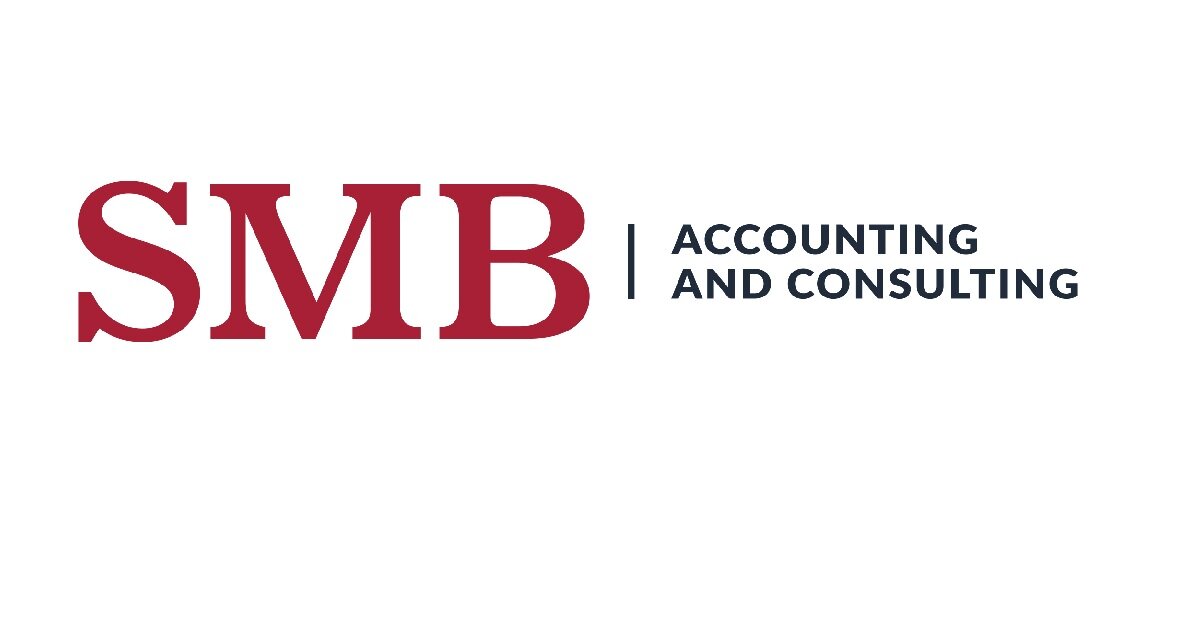Common Accounting Mistakes: Government Edition - Issue #6 Fixed Assets
Nearly all businesses have some kind of fixed assets. A fixed asset is something purchased or assembled that is intended for long-term use. It is not a liquid asset and cannot be converted quickly to cash. The useful life, or amount of time the asset should be useful to the company, must be greater than one year and be greater than the established corporate limit. Most companies set a threshold in their accounting policies to avoid wasted time and effort on immaterial or low cost items.
Fixed assets are recorded on the balance sheet. The most common categories are buildings, computer equipment, furniture and fixtures, intangible assets, land, land improvements, leasehold improvements, office equipment, and software.
A portion of the cost of the asset is charged over time as an expense to the income statement or profit and loss (P&L). This is referred to as depreciation. The intent is to show a cost for usage of the item over the useful life. This provides value to your company and isolates the costs for tax purposes.
Tax Versus Book Depreciation
Tax and book depreciation can be two different amounts. In cash basis books, they are almost always different. Tax depreciation is based on current tax law and often includes bonus or additional upfront depreciation deductions to offset the large outlay of cash for the purchase of the asset. Many cash basis books record depreciation on a tax basis to make tax prep easier. On an accrual basis, book depreciation will be the cost spread across the useful life and will be a much smaller amount than the tax depreciation. Be sure to talk with your accountant about what depreciation is recorded in your books. Book depreciation spread over the life of the asset can better allocate the expense of the item across all the work is supports.
Determining Value
When determining the cost of a fixed asset, remember that it’s not just what you paid for the item. All costs associated with making the asset functional and operational can be included. This can comprise of shipping and delivery fees, setup costs, labor, and even maintenance if the item is being purchased used.
Fixed assets can also be assembled. If customized assets are fabricated from various parts or materials, all costs associated with assembly, including labor, need to be accumulated to determine the overall cost of the item. This can happen over a period of time. If that’s the case, a work in progress account should be established on the balance sheet to hold all the costs until the asset is finished and put into service.
Cash Flow
Cash flow issues can arise when making large fixed asset, or capital, purchases. A large amount of cash is expended, but the cost shows as an asset on the balance sheet rather than the P&L. When monitoring cash flow it’s imperative that fixed assets be considered separately from the net income. Net income does not equal cash, especially when assets are purchased. The cash is used but the whole expense doesn’t show.
Right of Use Assets
A new category, right of use assets, was recently created in order to record leased assets in compliance with new generally accepted accounting principles affecting how leases are recorded. The asset is recorded at the initial amount of the entire lease. For example, leasing an office space for 3 years at $1,000 per month would create a right of use asset on the balance sheet for $36,000. This asset is then amortized (similar to depreciation) over the life of the lease. At the end of the lease the asset is removed from the balance sheet. Recording leased assets also records the liability for the lease, which wasn’t previously recorded. In the past, rent would show as an expense on the P&L as it was paid, but there was nothing in the books to show how much longer a company was obligated to pay. Recording the right of use asset allows lenders and other financial institutions to see long term lease contract liabilities, which previously did not show on the books.

